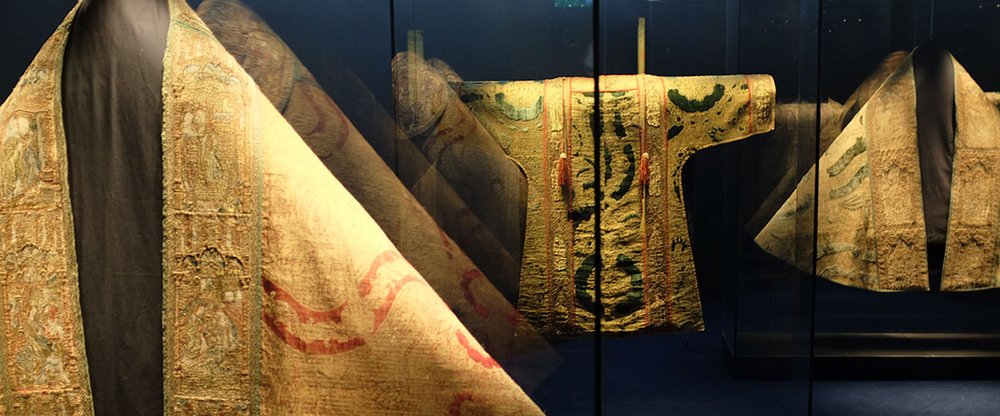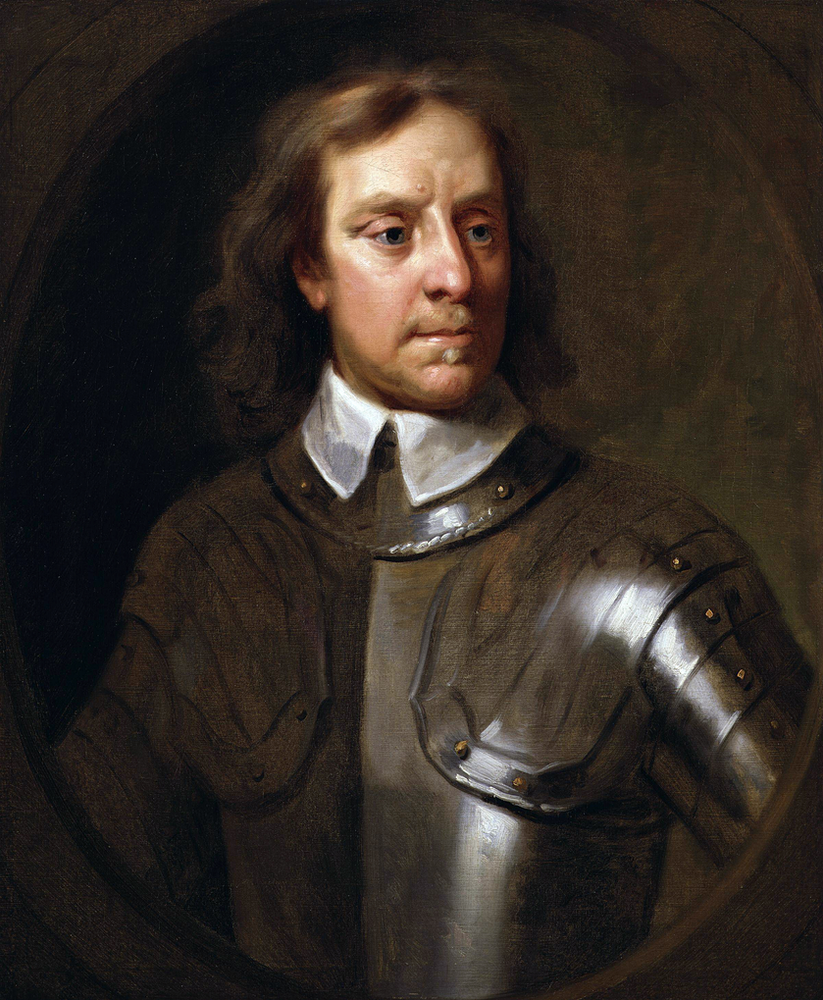
From the late 1630s there were increasing religious tensions in Ireland and this culminated in a general rebellion by Irish Catholics which began on the 23rd of October 1641. Ferocious raids were launched against areas of settler population across Ulster, as a massacre of Protestants began. Estimates for the numbers of Protestants killed vary between 2,000 and 4,000.
At the same time, increasing tensions in England between King Charles I and his parliament let to civil war breaking out. By the summer of 1649, the English parliament was victorious in England but hard pressed in Ireland and Scotland. In Ireland, nearly the whole country- Protestant and Catholic, English, Irish and Scots- was loyal to the king. The parliamentary forces were confined to Dublin and a few other towns such as Dundalk and Derry. So grave was the situation that the parliament resolved to send over a large army commanded by none other than Oliver Cromwell, creator of the New Model Army which had won the civil war in England. Cromwell, holy man that he was, had an agenda of his own- revenge for the alleged massacre of Protestants by Irish Catholics in 1641.

In deciding his strategy, Cromwell decided to head first for the Munster ports partly because he needed to deal with a royalist fleet based in Kinsale; secondly, because most of the Munster towns were garrisoned by English Protestants whom he hoped to win over to his side. In August he assembled his forces at Milford Haven and prepared for embarkation. There was no hope of using diplomacy to take this strong Catholic town- it must be captured by force.
On studying the approaches to Waterford Harbour and noticing that there was a headland called Hook and a riverside settlement named Crooke, Cromwell is said to have remarked: “I shall take Waterford by Hook or by Crooke!” the saying originated in medieval times to poor people to enter the royal forests and take firewood, whatever they could reach, with a hook or a crook.
Cromwell landed his army at Ringsend on the 15th of August. First, he had to protect himself from attack from the north. At last he moved southwards. Wexford surrendered amid indiscriminate slaughter on the 11th of October and New Ross on the 19th. Cromwell next turned his attention to Waterford Harbour, strongly defended on the Wexford side by the little fort at Passage. If Duncannon fell, the city might be taken by a naval force going up the estuary.
Duncannon was regarded by both sides as the key to Waterford. Cromwell made several gains. Ballyhack Castle was captured. Boats were brought round from Wexford to block the sea approach to Duncannon. Great Island was occupied and there was talk of bringing the army across to Cheekpoint.
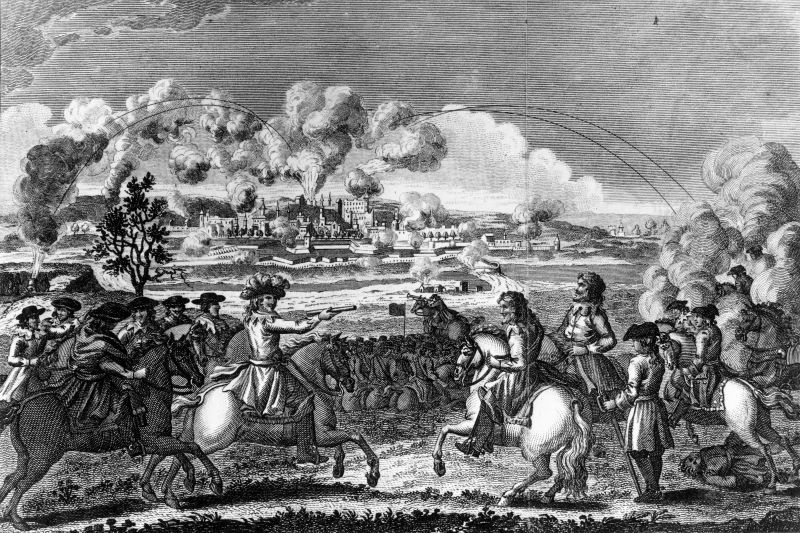
Now Cromwell must approach Waterford the long way round. But he had his problems. He was sick, his men were sick and winter was approaching. However, the weather was still mild and he was encouraged by the news that Waterford had refused to admit a garrison offered by Ormond. He sent Colonel Reynolds ahead to Carrick-on-Suir. Carrick was defended by a large force of English royalist troops, but Reynolds hit the town early in the morning and captured it. Cromwell was able to cross his forces over the Suir at Carrick, march them along the south bank of the river, and set up camp at Kilbarry.
Oliver Cromwell failed to capture Waterford and by December he was forced to break off the siege and move his army to winter quarters. They camped at Kilbarry, just outside the city and were suffering from sickness and short on supplies. Over 1,000 Cromwellian troops died outside Waterford from a fever.
Cromwell was bitterly disappointed as he had wished to secure Waterford before the end of the year, and this disappointment can be felt in his report on his retreat from Waterford, “It being so terrible a day I ever marched in my life. We marched that night some ten or twelve miles through a craggy country to Kilmacthomas.” Soon afterwards, Cromwell left Ireland and returned to England. He never returned to Ireland.
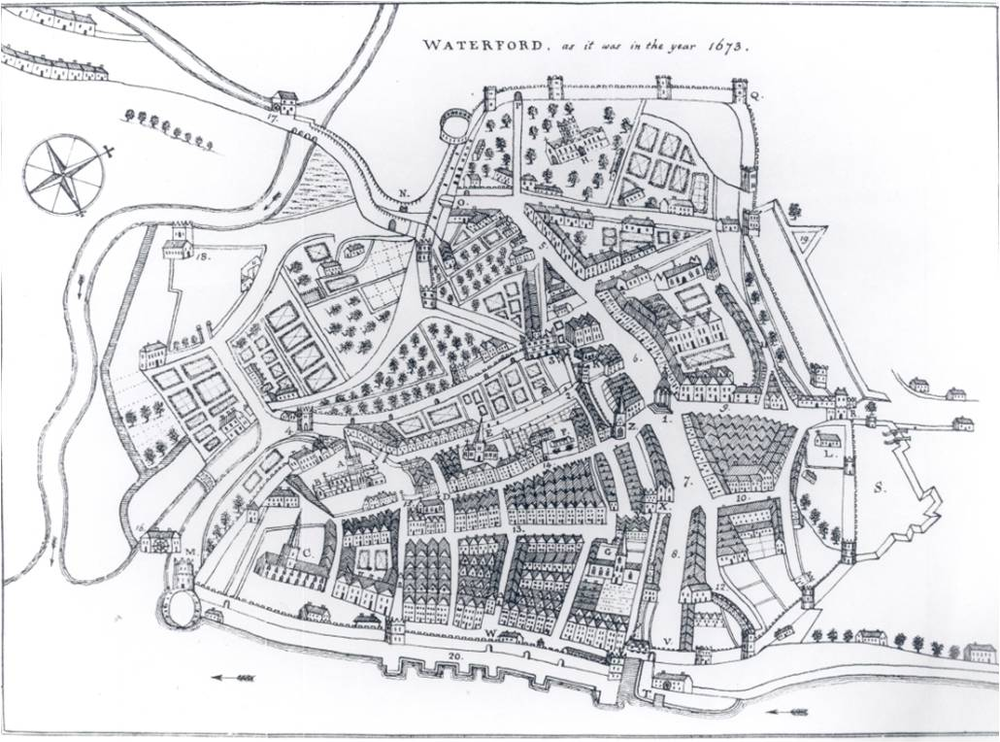
The respite for Waterford was short lived however. The following June his army returned – this time led by his son-in-law, General Henry Ireton. General Ireton commenced an artillery bombardment of the city. He also sent ships up the river Suir and bombarded the walls- including Reginald’s Tower- with a cannon. One of the cannonballs fired from his ships in the river is still lodged in the wall of the tower and can be seen there to this day- 364 years later!
The defending garrison was only able to offer a token resistance and within a short time, Waterford fell to General Ireton’s troops. They ransacked the city in search of valuables and paid particular attention to the churches- looking for the gold and silver chalices and other church plate. It was reported that the soldiers even took the organ pipes from the cathedral, laid them out along the quay and cut them up to sell as scrap metal. However, one of the great treasures of the city escaped destruction- the magnificent 15th century cloth-of-gold vestments. They had been hidden away, locked in iron chests and buried in a deep vault beneath Christchurch Cathedral. They were probably concealed just before the city fell in the summer of 1650- by a group of people who never revealed the secret vault.
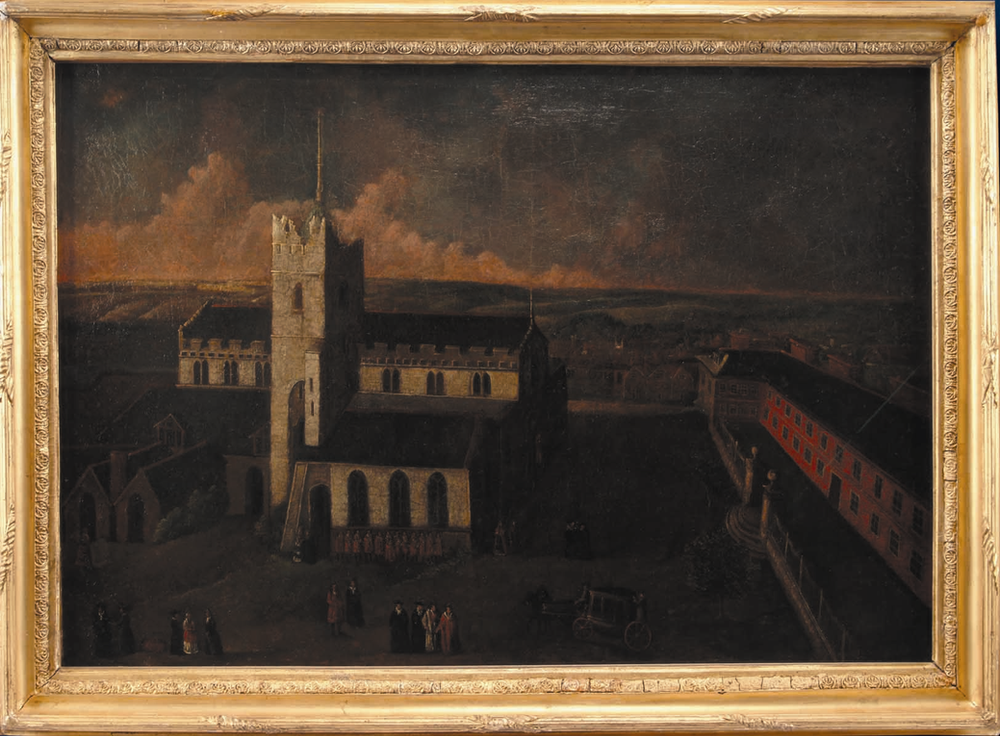
Here the vestments remained hidden for a further 123 years until they were discovered when the medieval building was demolished in 1773 in order to build the present Church of Ireland Anglican Cathedral. The church of Ireland Bishop realised that these vestments dated to before the Reformation and in a gesture of goodwill he presented them to the Catholic dean at the time
The Waterford cloth-of-gold vestments had survived destruction and this is the only complete set of medieval High Mass Vestments to survive anywhere in Northern Europe. They are now on display in the Medieval Museum.
